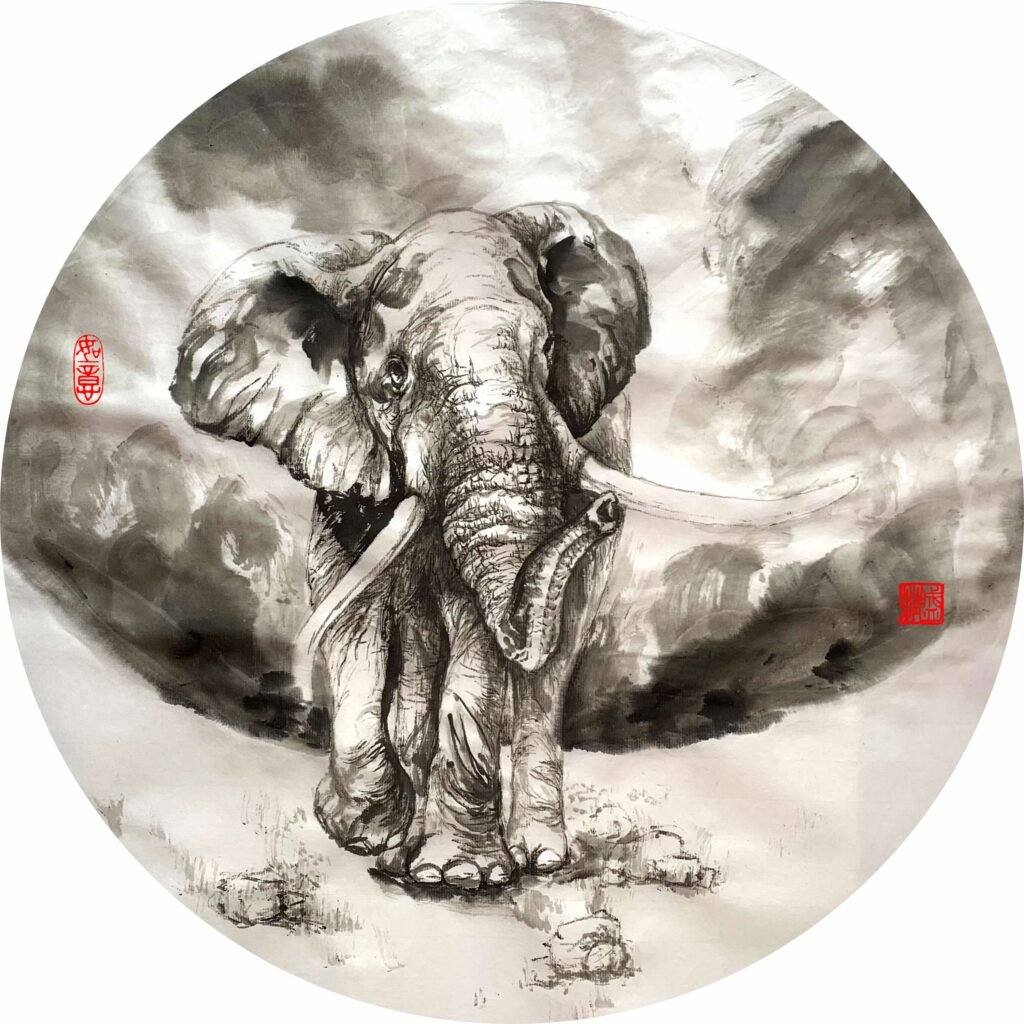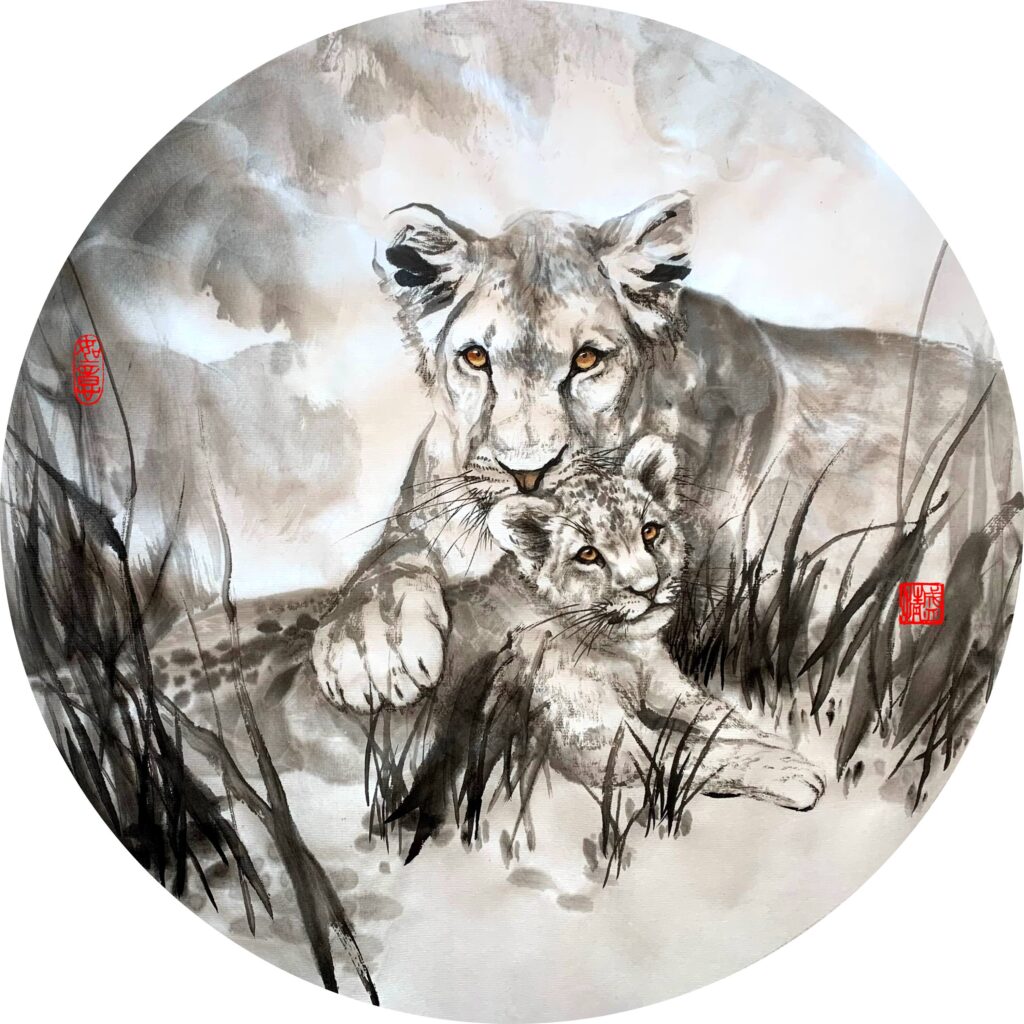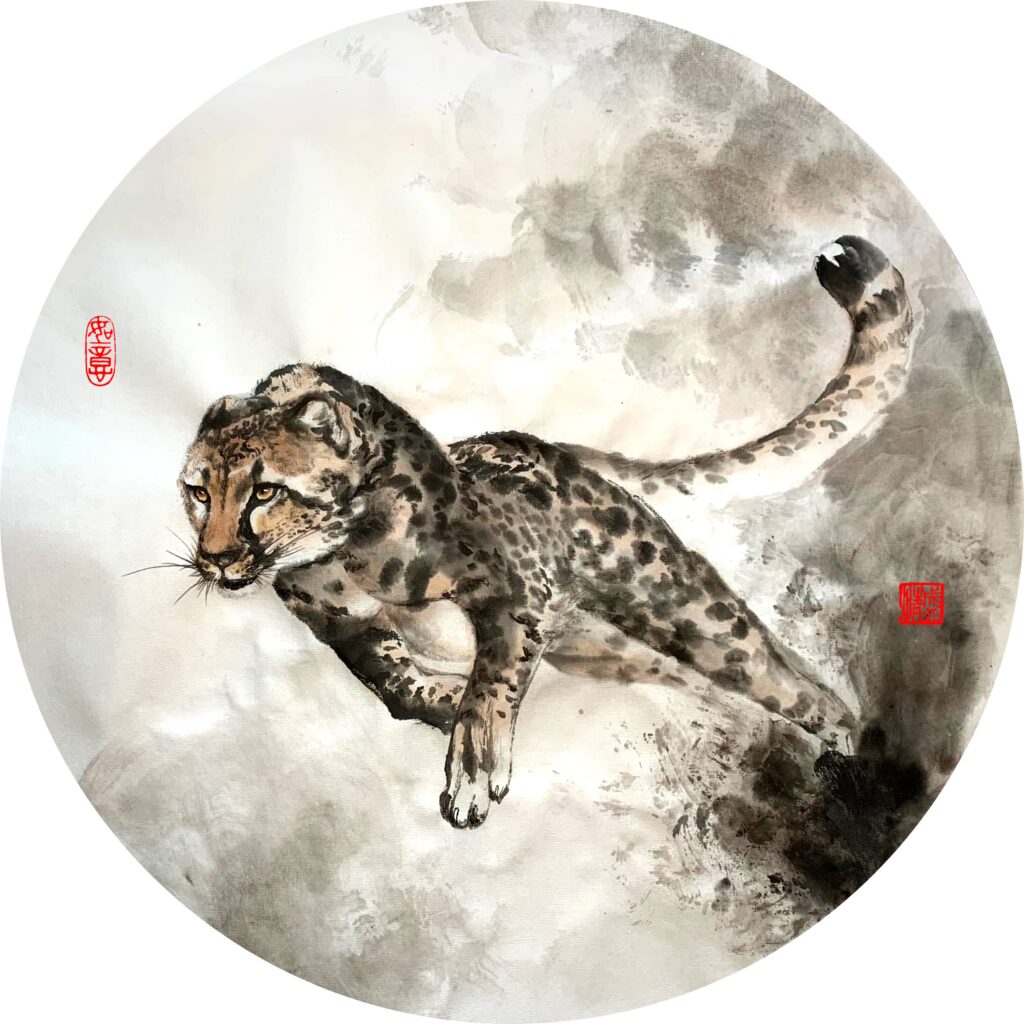We know that the oriental artworks are often a combination of the painting, calligraphy, poetry and seals. When looking at a piece of painting, it will be clear that the main part of the painting is the images, but it will not be so clear when looking at the calligraphy on the artworks – we cannot identify the function of these characters directly without certain background knowledge, because some many be the title, some may be a poem, and others may be the signature. Let us focus on the signature today, and after this post you will know more about signing your own works!

Above is an artwork I recently created, and on the top left side there is a line of writing that consists of the title and the signature. The simple way to tell the title and the signature apart would be by the size of them. The larger characters are usually the title, which is followed by the signature. Sometimes the title and signature section go horizontally, and in which case it is important to know how to read (assuming you can read Chinese characters) them.
Traditionally the writings follow the direction of Top-Bottom, Right-Left. So when reading the writings on a piece of oriental artwork, ancient and modern, the correct starting point would be the most top right side. In the past book pages also follow this order, which is still the case nowadays in Japanese manga! Even though in the modern Chinese texts the writing direction has switched to the same as in English, the traditional art still follow the traditional ways, so the characters are written in the old direction and in traditional Chinese characters, not the simplified ones.

Focusing on the signature alone, it is normal to only have the name written down, which can often be 1-4 characters long, and sometimes we add a character “書” behind it, meaning “xxx wrote”, but this character alone means both to write and the word for book. Other than signing short names, it is also very common to sign the purpose of the artwork or the year before the name. In the first painting in this post, you can see the title-year-name style, and in the photo above it states the purpose and then the name. This way the length and meaning of the signature is adjustable, fitting to the artwork.
When signing with the year, which is the most common signature style, the year should be signed in the traditional way, which means instead of writing “2022”, we write “壬寅年” instead, the way it was supposed to be in the Stem-Branches or Ganzhi system, also known as the sexagenary cycle. This is an ancient and long-surviving recording system that was common in the Eastern Asia, but its application can barely be seen other than in artworks anymore. As stated in the name of this system, it repeats every 60 years, and that means the same name of the year comes back once every 60 years.
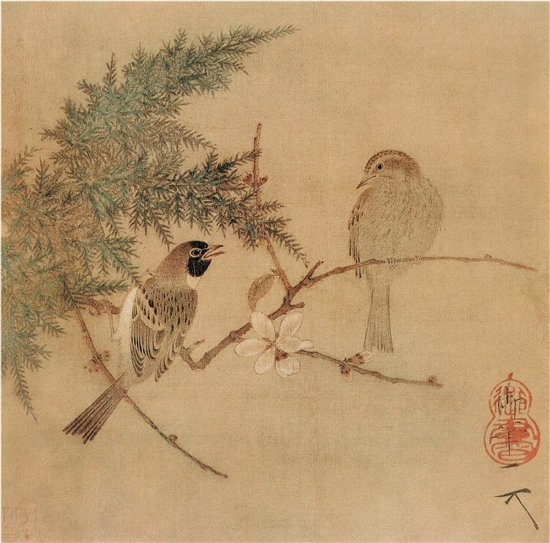
So how do we get the 60 year cycle? We have 10 stems and 12 branches, and we match them according to certain orders. These heavenly stems, written as 甲乙丙丁戊己庚辛壬癸, their functions are just like numbers 1-10, indicating an order; the earthly branches are animals, the same animals for the zodiacs, and they are 子丑寅卯辰巳午未申酉戌亥, each referring to an animal. It is worth noting that these character cannot be used to refer to the animal directly, they are associated to the animals only. Every other character from the top line matches with every other character from the bottom line, and then we have the complete chart of exactly 60 matchings:
| 甲子 | 乙丑 | 丙寅 | 丁卯 | 戊辰 | 己巳 | 庚午 | 辛未 | 壬申 | 癸酉 |
| 甲戌 | 乙亥 | 丙子 | 丁丑 | 戊寅 | 己卯 | 庚辰 | 辛巳 | 壬午 | 癸未 |
| 甲申 | 乙酉 | 丙戌 | 丁亥 | 戊子 | 己丑 | 庚寅 | 辛卯 | 壬辰 | 癸巳 |
| 甲午 | 乙未 | 丙申 | 丁酉 | 戊戌 | 己亥 | 庚子 | 辛丑 | 壬寅 | 癸卯 |
| 甲辰 | 乙巳 | 丙午 | 丁未 | 戊申 | 己酉 | 庚戌 | 辛亥 | 壬子 | 癸丑 |
| 甲寅 | 乙卯 | 丙辰 | 丁巳 | 戊午 | 己未 | 庚申 | 辛酉 | 壬戌 | 癸亥 |
One day I will show you have to write them in correct calligraphy, but for now if you need to sign your work, you have some notes to help!
Enjoy such cultural discussions? Have comments? I look forward to hearing from you!
Our Courses
-
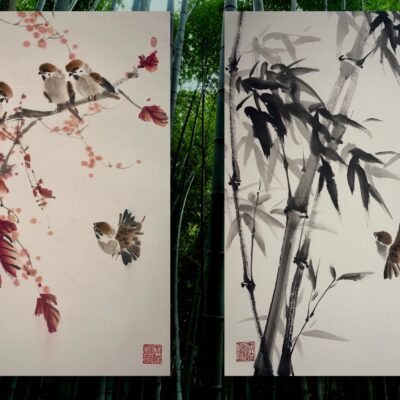 Bamboo & Sparrow Painting Course
Bamboo & Sparrow Painting Course -
 Cat Painting Course
Cat Painting Course -
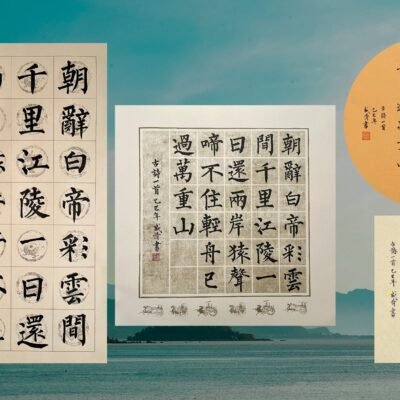 Chinese Calligraphy Regular Script Masterclass
Chinese Calligraphy Regular Script Masterclass -
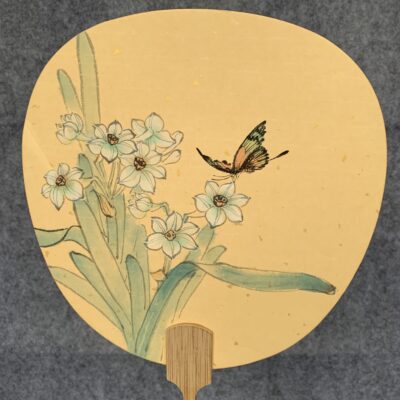 Daffodil & Butterfly Fan Painting Course
Daffodil & Butterfly Fan Painting Course -
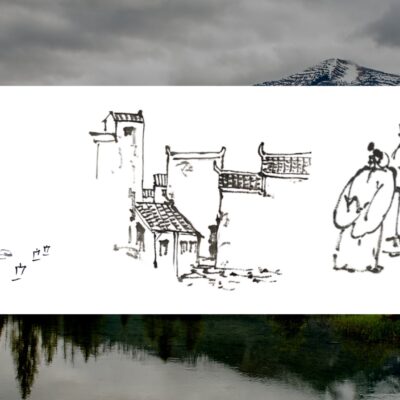 Landscape Scenery Painting Course
Landscape Scenery Painting Course -
 Magpie & Plum Blossom Freehand Painting
Magpie & Plum Blossom Freehand Painting -
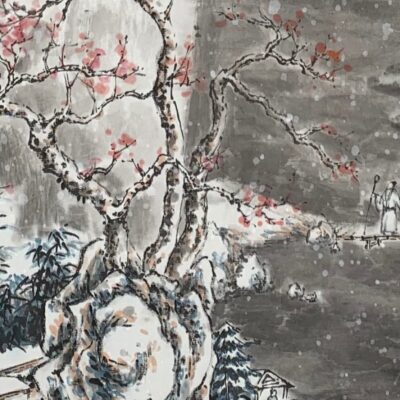 Snow Landscape Painting Course
Snow Landscape Painting Course -
 Gonngbi Painting (1) – Introduction & Lily Flower
Gonngbi Painting (1) – Introduction & Lily Flower -
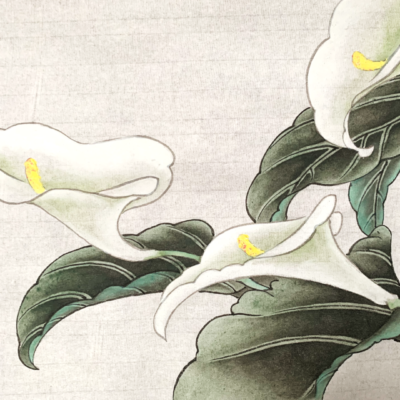 Gongbi Painting (2) – Calla Lily
Gongbi Painting (2) – Calla Lily -
 Gongbi Painting (5) – Camellia Flower & Bird
Gongbi Painting (5) – Camellia Flower & Bird -
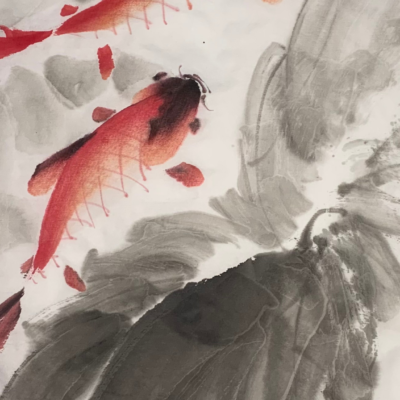 Fish Painting Course
Fish Painting Course -
 Grapes and Bees Painting Course
Grapes and Bees Painting Course
Buy Artworks | Learn Brush Painting | Learn Chinese Calligraphy
